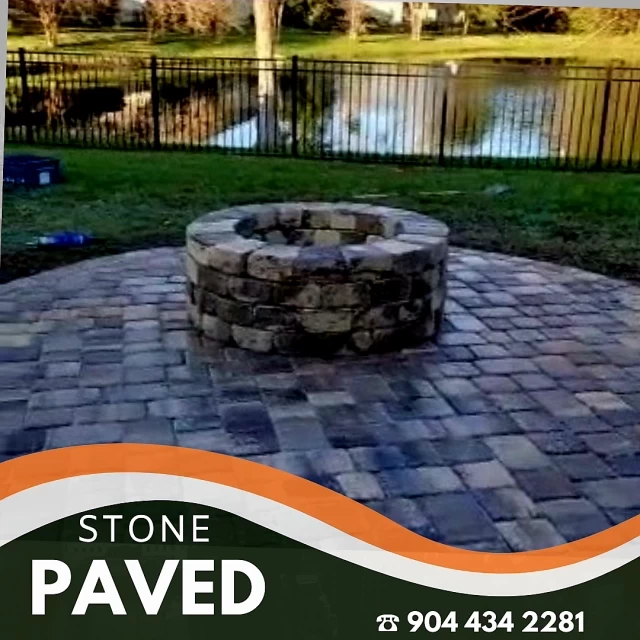Seal Pavers - Keep the Beauty of Paved Patios
2023-03-21 09:20:00
Service calculator
Service calculator
Seal Pavers - Keep the Beauty of Paved Patios
Seal Pavers - Keep the Beauty of Paved Patios Your paved patio is the perfect spot for weekend barbeques and gathering with family and friends, but it’s not all fun in the sun if you don’t take care of it! One of the best ways to keep your patio looking great and to ensure it has a long life is to seal pavers. Sealing pavers protects your patio from the elements, keeps dirt and grime from getting ingrained in the surface, and helps retain the overall appearance of your patio. In this article, we will discuss how to seal your patio pavers, the materials needed, and other tips to make sure your patio looks as good as new.
Why You Should Seal Pavers
The main benefit of sealing pavers is keeping them looking shiny, clean, and new. Sealing pavers prevents dirt and grime from getting ingrained in the surface and protects the pavers from weathering and wear-and-tear. Sealing pavers also helps to protect against weeds and other natural elements from taking over and helps prevents staining, making sure that the surface looks great all the time.Preparing to Seal Pavers
Before sealing pavers, there are a few steps that need to be taken to make sure the area is prepared. The first step is to make sure that the surface of the pavers is completely clean. The area should be free of any dirt, dust, debris, and stains. If there are any weeds in the area, they should be pulled before sealing. The second step is to make sure that any cracks or gaps between pavers have been filled. This can be done with a paver filler or sand, which can be found at most home improvement stores. The final step is to make sure that the pavers are dry before starting the sealing process.Service calculator
Materials Needed to Seal Pavers
In order to seal pavers properly, there are a few materials that will be needed. The first is a paving sealer, which can be found at most home improvement stores. The second is a sealant, which can be used to seal the edges of pavers. The third is a brush or a roller for applying the sealant, and the fourth is a surface-leveling tool to make sure that the surface is completely even. The fifth is a trowel for applying the sealant, and the sixth is a bucket for mixing the sealant. The seventh is a broom for sweeping up any excess sealant.How To Seal Pavers
Once all of the materials have been gathered, it’s time to start the process of sealing pavers. The first step is to mix the sealant according to the package instructions. It’s important to make sure that the sealant is the correct ratio of water to sealant, otherwise it could cause discoloration or damage to the pavers. Once the sealant has been mixed, it’s time to apply the sealant. Using a brush or roller, gently apply the sealant over each paver in a thin layer, making sure to cover the entire surface. Once the sealant has been applied, it’s important to make sure that the surface is completely level and that there are no puddles or pockets of sealant on the surface. The sealant should be left to dry for 24 hours before walking on the surface.Maintaining Pavers After Sealing
After pavers have been sealed, it’s important to maintain them properly to make sure they last as long as possible. The first step is to inspect the area regularly to make sure that there are no cracks or chips in the pavers. If there are any holes or imperfections, it’s important to fill them with a paver sealant in order to protect against further damage. The second step is to use a sealant specifically designed for pavers once a year. The sealant should be applied in a thin layer and left to dry for 24 hours before walking on the surface. The third step is to regularly clean the pavers with a hose or a pressure washer to make sure that dirt and debris are removed.Types of Paver Sealants
When it comes to sealing pavers, there are several different types of sealant that can be used. The first is an acrylic-urethane sealant, which is a water-based sealant. This is ideal for exterior applications and helps protect against UV radiation and fading. The second type is a polyurethane sealant, which is oil-based and is extremely resistant to wear and tear. This sealant is ideal for exposed surfaces, such as driveways, patios, and walkways. The third type is a silicone-based sealant, which is highly resistant to water and moisture and is great for protecting pavers in areas with high humidity.Service calculator
